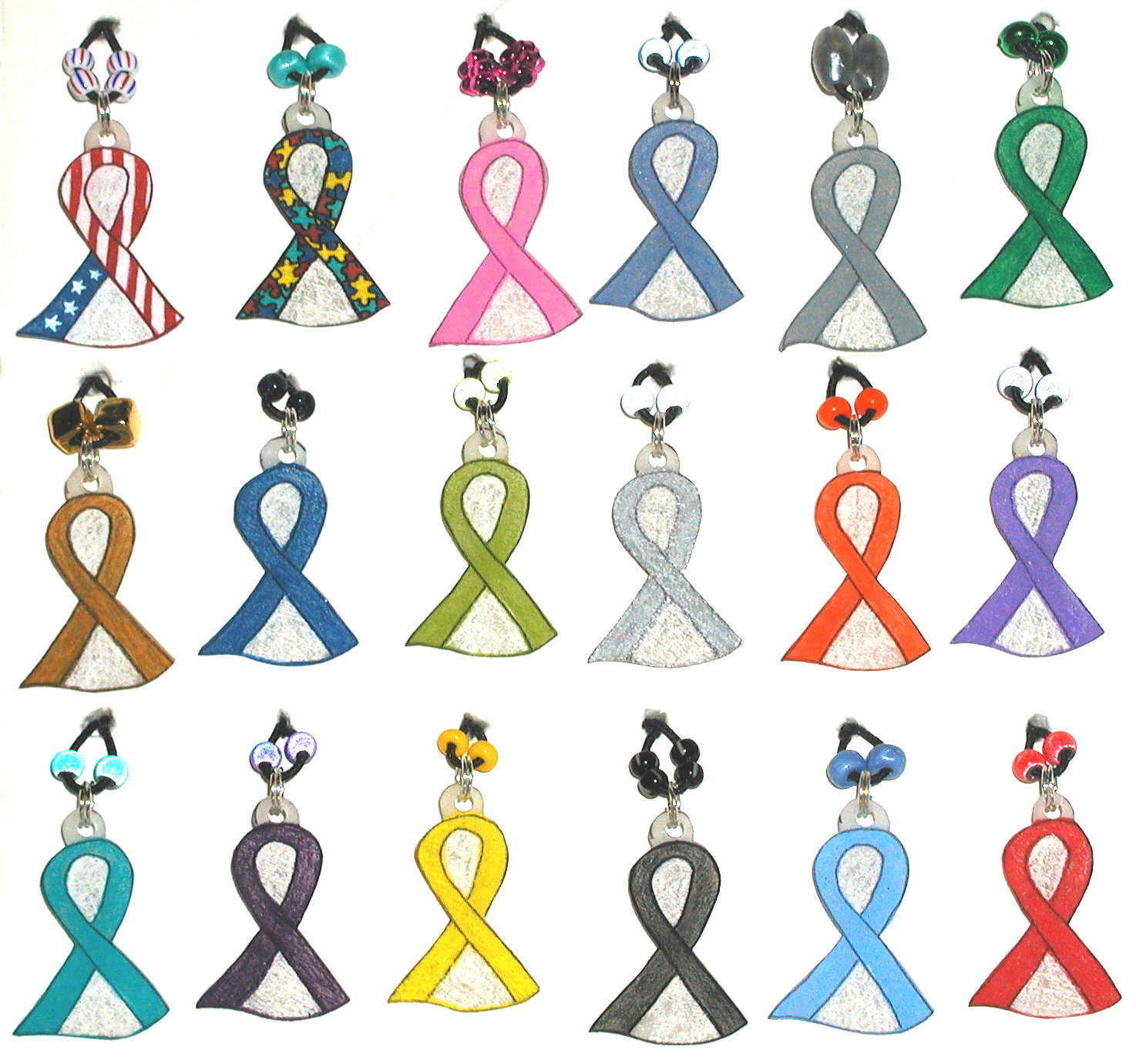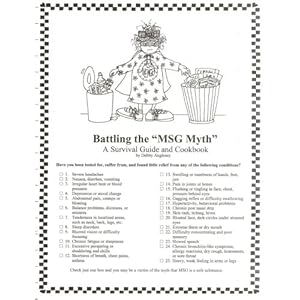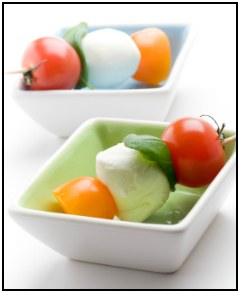Let's talk dishes. Some people LOVE them. You know who I'm talking about - they collect dishes, can identify all the major patterns by big name manufacturers and are your go-to person when you see some strange dish you can't identify a purpose for while browsing the local antique shop.

Other people are just as happy to eat out of old cottage cheese containers with a spork. (Did you know you can buy
titanium sporks these days?)
There are white dishes, colored dishes, patterned dishes, themed dishes - almost anything you can think of! Whatever your style, I am a firm believer that choosing the right dishes can make or break a frugal, functional kitchen.
If you don't like your dishes or can never find what you need, how likely are you really to cook or eat at home? Badly sized dishes can lead to over-portioning and food waste.
So how do you pick good dishes? Here are a couple ideas to get you started:
1.
Pick something you like looking at. Good dishes should last for years, and kitchens are one of the most lived in rooms your home. Whether you pick simple white dishes with clean lines or antique china, pick something you love. Surround yourself with things that make you smile and you'll be much more enthusiastic about spending time in your kitchen!
2.
Size matters. Just a few at home or cooking for a crowd? Are you a meat and potatoes type or a pasta lover? Think about what you cook (or want to cook) on a regular basis and select dishes of a corresponding size. Keep in mind that choosing smaller plates and bowls will help you portion more effectively.
3.
Durability counts - if you've got kids at home (or tend to be a little butter-fingered in the kitchen), skip the thin china and invest in a heavier, sturdier design that can take the abuse. The same goes for your pots and pans - spending a little extra for solid quality stainless steel is worth every penny because they'll take the beating of a Real Food kitchen and keep on going!
4.
Your probably need less than you think - in both dishes and pots & pans, most people have way more than they need. (Remember when we talked about clutter?) Even pretty or theoretically useful things can become clutter if you don't need or use them.
5.
Consider buying options. As much as you may want to run out right now and replace every dish you own, that's not a terribly frugal way to run a kitchen! Some people will find that picking a line of dishes from somewhere generic (like the Christmas Tree Store) is a good option for them - it's cheap and always available if you need replacements. While that's totally fine, I've found three other methods to work quite well: saving, planned replacement and gifts.
Saving is exactly what it sounds like - tucking away a few dollars here and there are you can and investing in desired pieces a little at a time as the funds allow. This is a time honored and completely effective method.
We all have occasions in life where people want to give us gifts - birthdays, Christmas, anniversaries, etc. Consider putting together a wishlist and sharing it with key people in your life (maybe your husband, a sister or a best friend). Instead of guessing at what to get you, people can give you things they know you want; added bonus for you is not accumulating any well-intentioned clutter!
Finally don't overlook planned replacement. If you have a blender (for example) that works for now but isn't really what you'd like, do some research and budget some money so that by the time it dies you'll have enough to replace it with the size, brand or model you'd really like. Frugal kitchens don't have to be built in a day!
Are you a dishophile or a spork fan?














